The Swiss Alps are renowned for their breathtaking landscapes, and cable cars play a vital role in making these majestic peaks accessible to millions of visitors each year. Behind the scenes, rigorous maintenance protocols ensure these systems operate safely and efficiently. Swiss cable car maintenance is a model of precision engineering and meticulous care, reflecting the country’s commitment to quality and reliability.
A Tradition of Excellence
Switzerland’s cable car industry has long been a global leader, setting benchmarks for safety and innovation. The Swiss Federal Office of Transport (FOT) oversees stringent regulations that govern the inspection and upkeep of cable car systems. These rules are not merely guidelines but legally enforced standards, ensuring every component—from cables to cabins—is subject to regular scrutiny.
Maintenance teams work year-round, often in challenging alpine conditions, to inspect mechanical parts, electrical systems, and structural integrity. The process is exhaustive, with checks performed daily, weekly, and annually. Special attention is given to load-bearing elements, such as support towers and tensioning systems, which endure extreme weather fluctuations.
The Human Element: Skilled Technicians at Work
Behind every smoothly operating cable car is a team of highly trained technicians. These professionals undergo rigorous certification processes, often spending years apprenticing under seasoned experts before earning the right to perform independent inspections. Their work is as much about intuition as it is about technical knowledge—listening for unusual sounds, feeling for vibrations, and spotting subtle signs of wear that automated systems might miss.
During peak seasons, maintenance crews operate on tight schedules, conducting overnight checks to minimize disruptions. In remote areas, helicopters are sometimes deployed to transport personnel and equipment to hard-to-reach stations. The dedication of these teams ensures that even the oldest cable cars, some dating back to the early 20th century, meet modern safety standards.
Technology and Innovation in Maintenance
While tradition plays a significant role, Swiss cable car maintenance also embraces cutting-edge technology. Drones equipped with high-resolution cameras inspect cables and towers, identifying microfractures or corrosion before they become critical. Thermal imaging detects overheating in electrical components, while AI-driven predictive analytics help schedule maintenance before failures occur.
One notable advancement is the use of robotic systems for cable inspections. These devices, resembling small trains, traverse the lengths of cables, using lasers and sensors to measure wear and tear with micron-level precision. Such innovations reduce human risk and improve accuracy, though they complement rather than replace manual inspections.
Challenges in Alpine Environments
Maintaining cable cars in the Alps is not without its challenges. Harsh winters bring heavy snow loads and ice accumulation, which can strain structures and mechanisms. Summer months, meanwhile, expose systems to UV radiation and temperature extremes that degrade materials over time. Engineers must account for these factors, selecting corrosion-resistant alloys and designing systems that can withstand decades of use.
Another unique challenge is the impact of climate change. Rising temperatures have led to shifting permafrost, destabilizing some mountain foundations where support towers are anchored. Engineers are increasingly turning to adaptive designs, such as flexible tower bases, to mitigate these risks.
Transparency and Public Trust
The Swiss public places immense trust in cable car systems, and this trust is earned through transparency. Maintenance logs are often publicly accessible, and incidents—though rare—are thoroughly investigated with findings published in detail. This openness fosters confidence among tourists and locals alike, reinforcing Switzerland’s reputation for safety.
Regular drills simulating emergencies, such as power failures or cabin evacuations, ensure staff are prepared for worst-case scenarios. Passengers, too, are briefed on safety procedures, creating a culture of shared responsibility.
Looking Ahead: The Future of Cable Car Maintenance
As tourism grows and technology evolves, Swiss cable car maintenance continues to adapt. Research into self-healing materials, which can repair minor cracks autonomously, promises to further enhance longevity. Meanwhile, renewable energy integration, such as solar-powered stations, aligns maintenance practices with broader sustainability goals.
The Swiss approach—balancing tradition with innovation, human expertise with technological aid—offers a blueprint for cable car systems worldwide. In a country where mountains are both a livelihood and a legacy, maintaining these lifelines is not just engineering; it’s a duty to future generations.

By William Miller/Apr 28, 2025

By Sophia Lewis/Apr 28, 2025

By Megan Clark/Apr 28, 2025
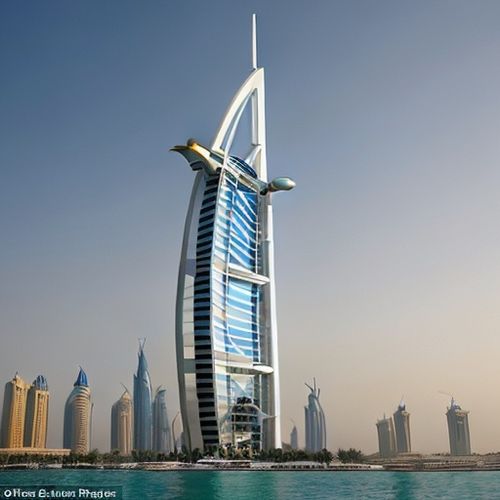
By George Bailey/Apr 28, 2025

By Ryan Martin/Apr 28, 2025
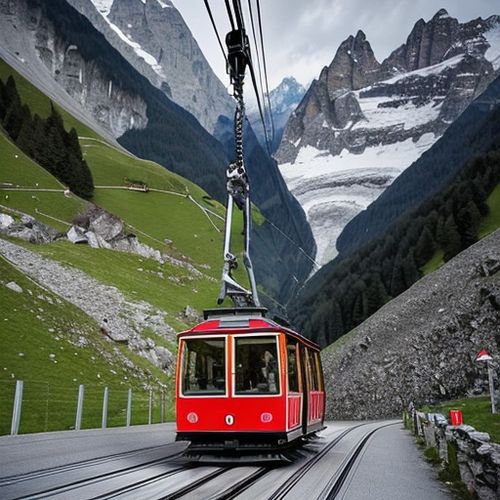
By Sophia Lewis/Apr 28, 2025

By Laura Wilson/Apr 28, 2025
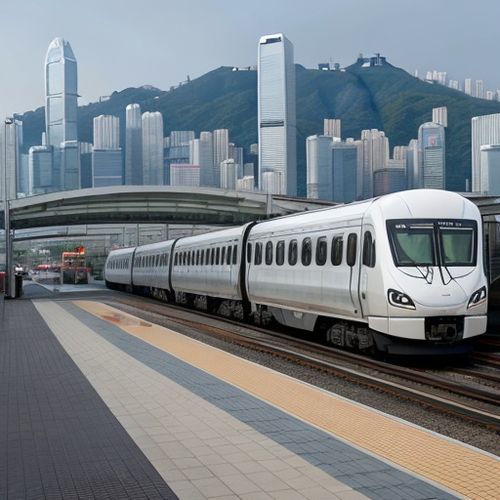
By Ryan Martin/Apr 28, 2025

By Benjamin Evans/Apr 28, 2025

By Sophia Lewis/Apr 28, 2025

By Rebecca Stewart/Apr 28, 2025
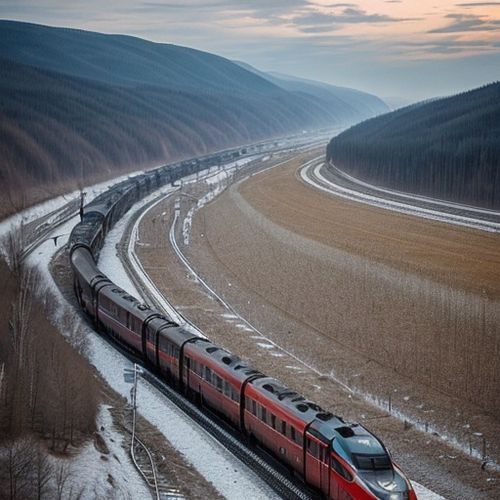
By Sophia Lewis/Apr 28, 2025
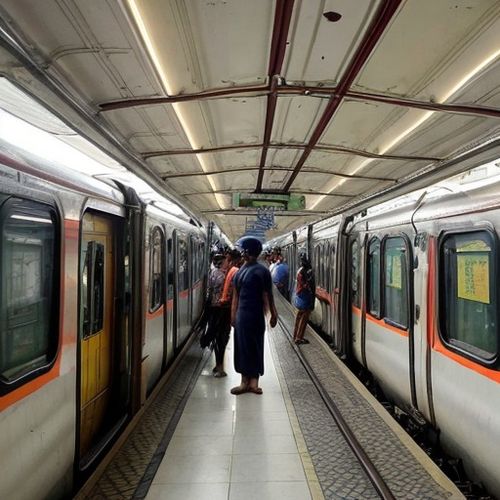
By Noah Bell/Apr 28, 2025
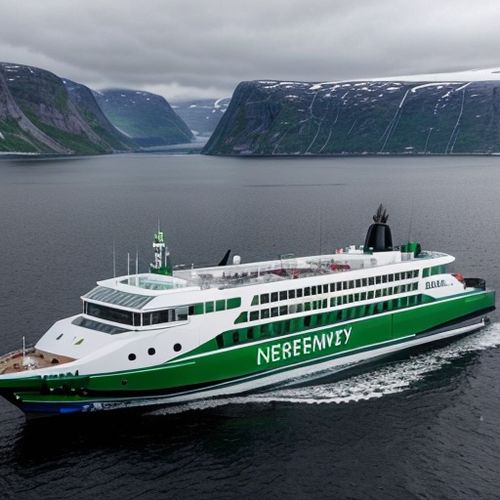
By Laura Wilson/Apr 28, 2025

By Emma Thompson/Apr 28, 2025

By Christopher Harris/Apr 28, 2025
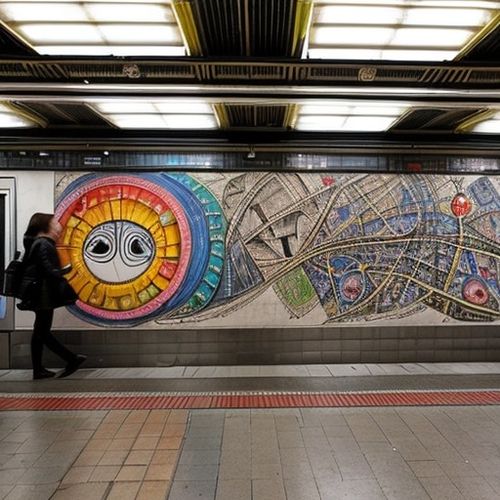
By David Anderson/Apr 28, 2025
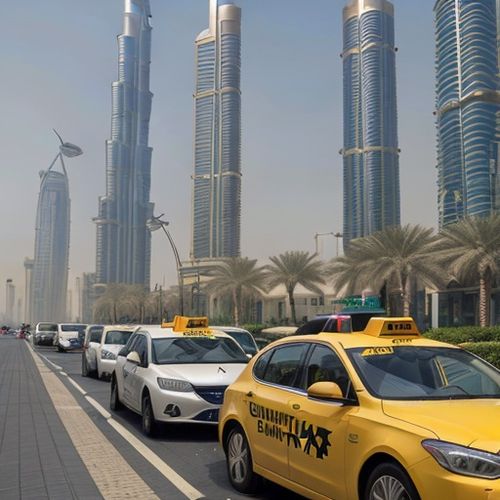
By David Anderson/Apr 28, 2025

By Victoria Gonzalez/Apr 28, 2025
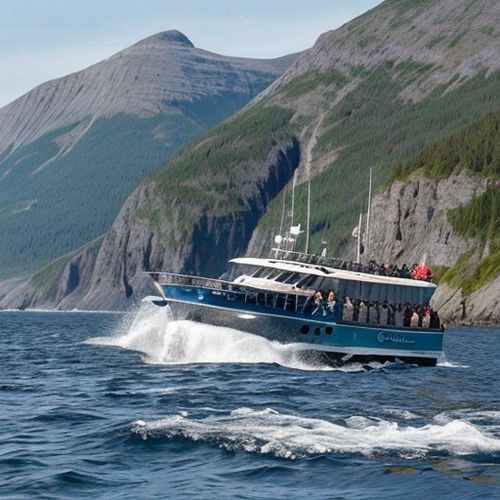
By Rebecca Stewart/Apr 28, 2025